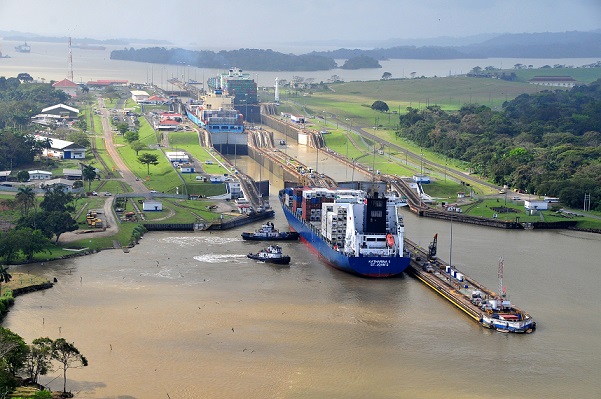In the current international trade system, countries have the possibility -under certain restrictions- to charge import tariffs on products. They can determine, for example, to impose a tariff on foreign automobile purchases, but this may not be required upon importing a van or tractor, or a different tariff may apply.
Distinguishing a car from a van or tractor seems simple; however, should small sport utility vehicles be considered as automobiles or vans? How about open-top 4 wheel drives? And jeeps? What is certain is that there are millions of products on the market and it is difficult for countries to create rules specifically differentiating an article from another. Even if governments establish rules regarding all products entering the country it would be very difficult for foreign exporters to understand the system. For example, how would they know what producers from the other country consider as “vans” or “automobiles”?
Comprises about 5,000 commodity groups; each identified by a six digit code
In fact, this is what it was like until 1988 when The International Convention on the Harmonized Commodity Description and Coding System (HS) entered into force. Up until then, a sort of “International Trade Babel Tower” prevailed in the world, where each country would name and classify merchandise at will, without a common language. Peggy Chaplin, an expert attorney on these matters, explains that the Harmonized System “is the Esperanto of trade. While countries may not precisely agree on how the system is applied, at least for the first time they are speaking the same language in regard to products. This will surely be a step in the right direction towards bringing down international trade barriers.”
The Harmonized System
The Harmonized System (HS) is an international product nomenclature. In other words, it is a catalog of merchandise, ordered logically in several groups and sub-groups varying on its features. The World Customs Organization (WCO), which is the international organization responsible for regulating the HS, explains on its website that it “comprises about 5,000 commodity groups; each identified by a six digit code, arranged in a legal and logical structure and is supported by well-defined rules to achieve uniform classification. The system is used by more than 200 countries and economies as a basis for their Customs tariffs and for the collection of international trade statistics. Over 98 % of the merchandise in international trade is classified in terms of the HS.”
According to Alea Fairchild and Bruno de Vuyst, researchers from the University of Brussels, “The HS contributes to the harmonization of Customs and trade procedures, and the non-documentary trade data interchange in connection with such procedures, thus reducing the costs related to international trade. It is also extensively used by governments, international organizations and the private sector for many other purposes such as internal taxes, trade policies, monitoring of controlled goods, rules of origin, freight tariffs, transport statistics, price monitoring, quota controls, compilation of national accounts, and economic research and analysis. The HS is thus a universal economic language and code for goods, and an indispensable tool for international trade.”
Why speak this language?
- There are several reasons why businessmen wishing to internationalize their activities should learn to speak the HS language.
- First, affirms Peggy Chaplin, “the numerical classification of the HS will help bring down language barriers. Goods are classified under the same number by traders in all member countries, even if items are called differently in several places.” So, for example, the exporter does not have to learn the name of a product in Chinese, Thai or German, rather it will suffice to know the uniform code that identifies it.
- Second, affirms Chaplin, “the same basic numeric number will be used in all export, import and transport documentation. This will facilitate data processing and control and will be an incentive for the producer – who knows the product best – to include the HS six-digit number on the invoice upon preparing export documentation. This will provide useful information throughout the transport chain and will simplify passage through customs at national borders.”
- Third, the Harmonized System helps businessmen “gather more market intelligence, especially in regard to applicable tariffs on products in the target markets.” It will also “help to collect more reliable information in cases of compensatory tariffs or antidumping.” In other words, an exporter will be able to tell if his product is included in the category that the target country is restricting, without having to ask. Until 1988, in order to know if an automobile was included in this tariff, a jeep producer would have to make an inquiry or try to deliver the merchandise and see what would happen; today, however, if he is acquainted with the Harmonized System, he will be able to tell whether his product is considered an automobile or not.
- Fourth, the use of a common language is a more effective solution in disputes regarding interpretation. Businessmen who know how to use the HS language and detect a tariff irregularity in another country can lodge a pertinent complaint. In particular, they can initiate legal action in the country where the rule is being incorrectly applied or they can bring the matter before their own government to initiate conciliation proceedings before the WCO. In any case, it is essential for businessmen to know the HS in order to be able to detect the problem and initiate the pertinent proceedings.



Follow Us